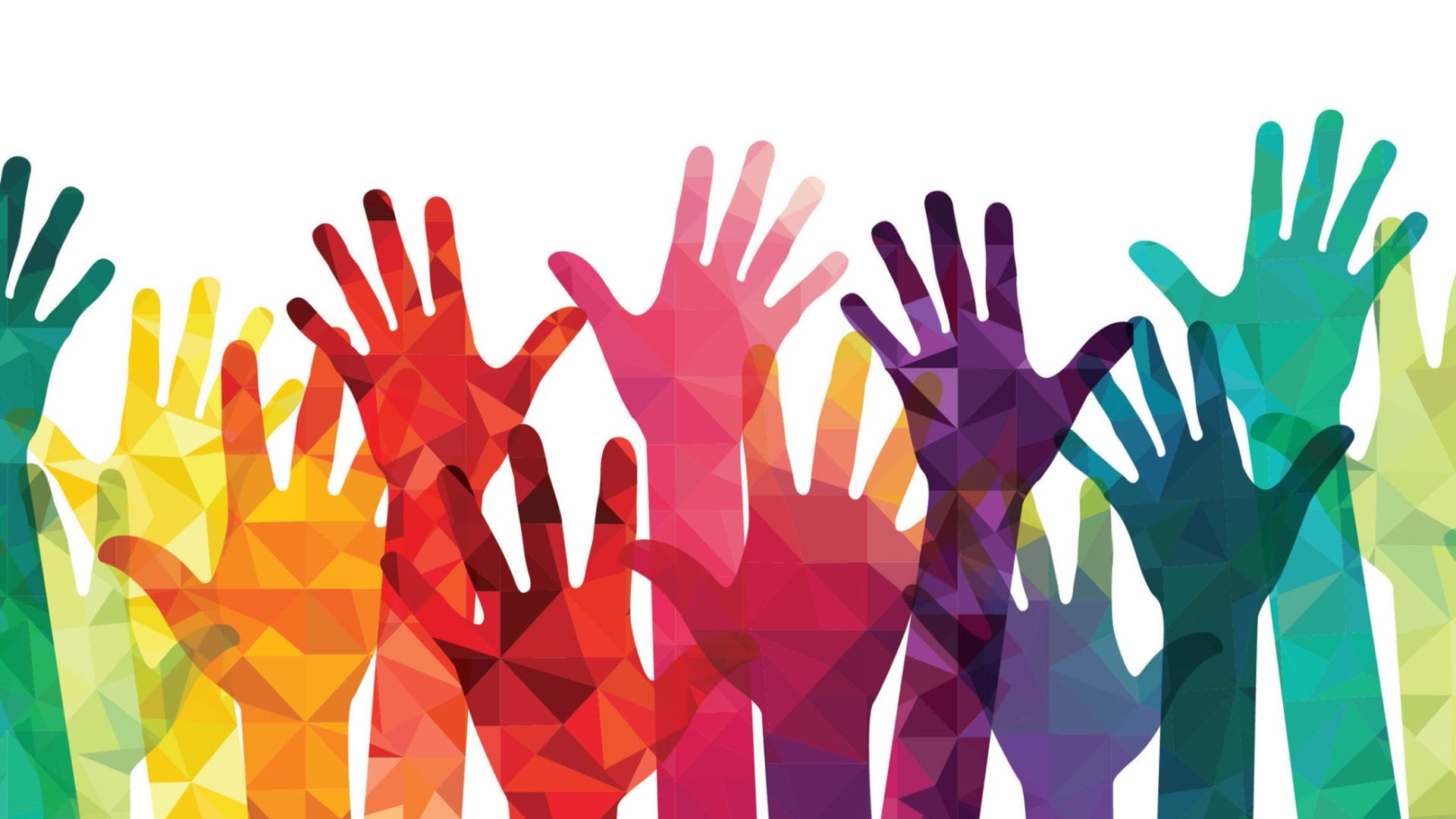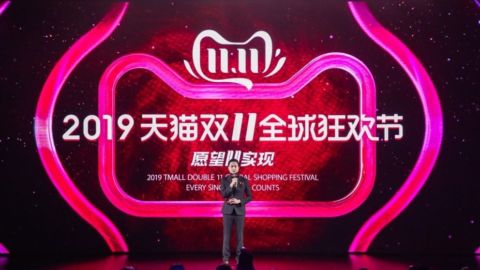Retailers, like any other business, can make mistakes that alienate their audience or even their own employees. In today’s 24/7 news cycle, it’s very easy for a brand to make a gaffe that causes PR mayhem, but that’s still not a valid excuse in an era when inclusiveness is becoming more encouraged. In response and as a way to prevent future embarrassments, retailers are becoming more cognizant of their hiring, promotional and marketing efforts. Some deem these issues important enough to create a C-suite position: the Chief Diversity and Inclusion Officer.
When deciding whether to appoint a Chief Diversity and Inclusion Officer, retailers should take note of some of the realities within the changing industry, including:
- Retailers are actually doing a better job at implementing diversity; they are currently outperforming other industries such as technology, health care, engineering and manufacturing;
- Major players such as Target and Macy’s have taken significant steps to bolster their diversity and inclusion initiatives to improve both the customer and the employee experiences;
- There are four top qualities retailers should seek out when onboarding Chief Diversity and Inclusion Officers; and
- They must fix “the two B’s,” bias and behavior, to improve hiring processes and instill a better culture.
Above all else, Chief Diversity and Inclusion Officers can serve as an influence on the remainder of the retailer’s C-suite, affecting how the team hires, recruits, onboards and delegates assignments. This “buy-in” across the enterprise ultimately is the key to successful diversity and inclusion efforts.
“The advantage of having a C-Level Diversity and Inclusion Officer is that they have access to that C-suite,” said Dion Hinchcliffe, a VP and Principal Analyst at Constellation Research specializing in “The New C-Suite.” “They can work with the Chief Communications Officer as the big megaphone, or the HR Director who has the big hiring buttons. The best practice here is to orchestrate and collaborate effectively in the C-suite to those that are most able to drive those changes that you’re looking to make. The HR person can help you educate the whole organization, the comms person can build campaigns that will drive what you’re doing into the forefront of people’s minds both outside and inside the organization.”
Retailers Leapfrog Peers When It Comes To Diversity And Inclusion
Retailers already have a head start in this area, at least compared to other industries. As of 2017, 41% of retail and consumer goods companies employed a C-suite executive dedicated to diversity and inclusion initiatives, ahead of every other industry surveyed, according to a PwC survey. Retail actually beat out the next-highest industries by six percentage points:
- Health care and pharmaceuticals (35%);
- Technology (35%);
- Engineering and construction (34%); and
- Industrial manufacturing, metals and mining (33%).
Chanel, Gucci and Burberry are some of the most recent brands visibly committing to diversity and social responsibility initiatives, with the first two retailers hiring C-suite executives to implement the initiatives companywide. In February 2019, Prada went so far as to launch a Diversity and Inclusion Advisory Council, co-chaired by artist and activist Theaster Gates and director and producer Ava DuVernay (When They See Us, Selma), with the council designed “to elevate voices of color within the company and the fashion industry at-large.”
Target, Macy’s, Take Diversity Initiatives To Assist Customers, Employees
Target was one of the first retailers to prioritize diversity and inclusion when it hired its first Chief Diversity Officer, Caroline Wanga, in 2014. In the role, Wanga has helped Target establish eight companywide diversity goals — both customer- and employee-facing — that ranged from increasing its assortment of multicultural dolls, beauty products and foods to improving hiring and retention of a diverse workforce. To encourage accountability, those goals have been tied into the compensation of the company’s top 300 leaders.
Nearly a year after appointing Shawn Outler as its first-ever Chief Diversity Officer, Macy’s has recently followed suit with a five-step plan to “further ensure the company reflects the diversity of the customers and communities it serves,” setting a goal to reach 30% ethnic diversity by 2025 for senior director level and above.
The department store launched a 12-month leadership program to support a select group of managers of black/African-American, Hispanic-Latino, Native American and Asian descent.
“This is very worthy and most of it should be supported,” said Neil Saunders, Managing Director at GlobalData Retail in a RetailWire discussion regarding the 30% goal. “Perhaps if Macy’s management better reflected their customer base or ‘average’ Americans they might be a better retailer because of it.”
Four Top Qualities Of Chief Diversity And Inclusion Officers
But how should retailers go about hiring for these roles and implementing these initiatives? Elton Ndoma-Ogar, Director of Diversity & Inclusion for the Americas and Asia at AlixPartners LLP, highlighted four qualities retailers should be looking for:
- Having a good sense of what’s going on in the marketplace as it pertains to aligning whatever initiatives they may be putting in place;
- Understanding the present organizational culture, and how to build upon that;
- Examining the present talent within the company: Is it the best and the brightest? And is there a strong representation of a diverse set of talent such as women and people of color?; and
- Rethinking the development of managers and leaders, especially from the early parts of their career.
Ndoma-Ogar noted that the executive can come as an internal promotion or an external hire, and that this typically depends on the individual company. But while the external hire may bring a fresh set of eyes, the internal hire creates opportunities to develop talent within.
“You may look at a team that has a Chief Diversity Officer, maybe a few directors, coordinators and managers, so they’re now offering that competency along the way,” Ndoma-Ogar said. “Now it’s become a career track where you do see more and more individuals who may be promoted throughout a firm, and so they’re in that seat. It really depends on the firm, where they are in their own development and what type of practitioner they’re looking for.”
Fixing The ‘Two B’s’ To Improve The Hiring And Recruitment Process
What’s one of the first tasks of a new Chief Diversity and Inclusion Officer? It should be performing a self-assessment of the organization in order to understand the internal problems that need fixing. There are typically two signs that retailers need a diversity/inclusion revamp starting at the top, which Hinchcliffe referred to as “the two B’s”: bias and behavior. All employees have their own inherent biases, which have to be undone in order for retailers to truly achieve the diversity goals they are striving for.
“We tend to be more attracted to and more easily engaged with people who are like [ourselves], so it’s often perpetuating itself,” Hinchcliffe said. “But a lot of fixing that is just education. The rest of it is really measurement — show people what their decisions have resulted in and give them ways they can measure to get to a different outcome.”
Behavior changes, on the other hand, involve commitments to hiring differently or asking questions about the numbers of the new hires that are coming in, and whether they’re meeting their goals.
“Fixing the bias can drive a lot of that behavior change, but to speed this up, you have to say, ‘Here’s how you should act differently,’” Hinchcliffe said. “From a standpoint of being able to hire the right kind of talent at every level, the problem with recruitment these days is it’s entirely automated now. Not having the folks in place prevents some HR officers and COOs from understanding how much has changed as far as how we’re measuring that as a KPI.”
Remember: The Voice Of The Customer Matters
Addressing bias and behavior not only levels the hiring and recruitment playing field within the retailer itself; ultimately, it also benefits the brand by conveying a sense of openness to a wider subset of consumers. As many as 42% of ethnic minority shoppers would switch to a retailer committed to diversity and inclusion, while 41% of LGBT shoppers would switch to a retailer committed to these concepts, according to Accenture. Conversely, 55% of shoppers would switch from a retailer if it does not take responsibility for its own negative inclusion and diversity incidents.
The younger the consumer, the more they attach themselves to diversity and inclusion initiatives. Diversity and inclusion were important to brand perception among 52% of Millennials, well ahead of previous generations such as Gen Xers (33%) and Baby Boomers (17%).
“You don’t want to lose sight of the voice of the customer,” Ndoma-Ogar said. “Having the right person in the role keeps that front and center, especially as there’s this constant movement in the marketplace. This is someone who has a clear sense of who the customer is and knows how to ask the right questions, knows how to speak truth to power when some difficult decisions need to be made. These are things all firms need to test for when they’re finding the right person in that role.”













3 Ways Livestreaming is Shaking Up the Retail Marketing Playbook